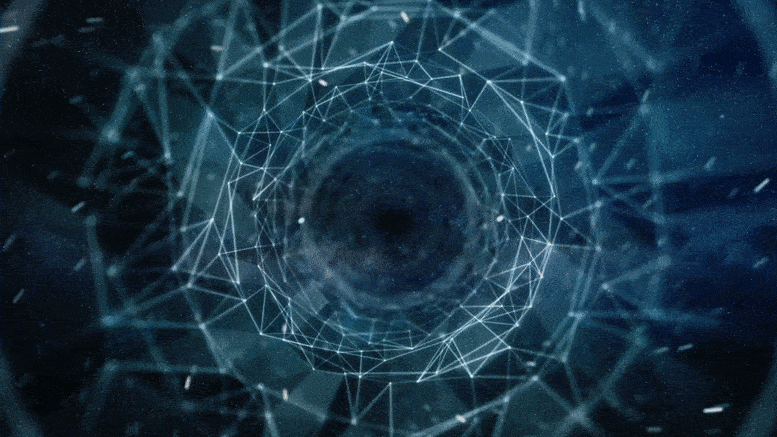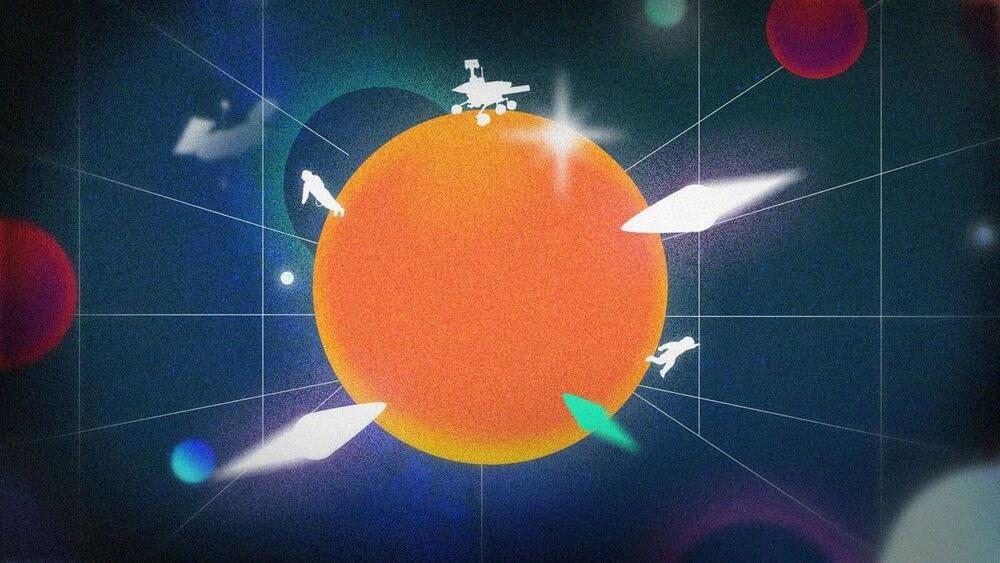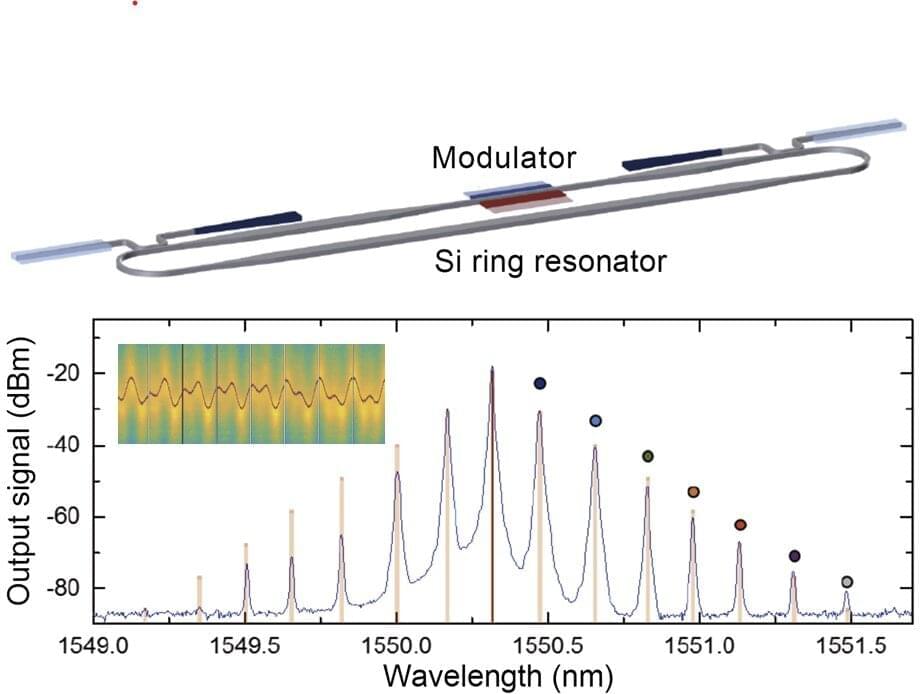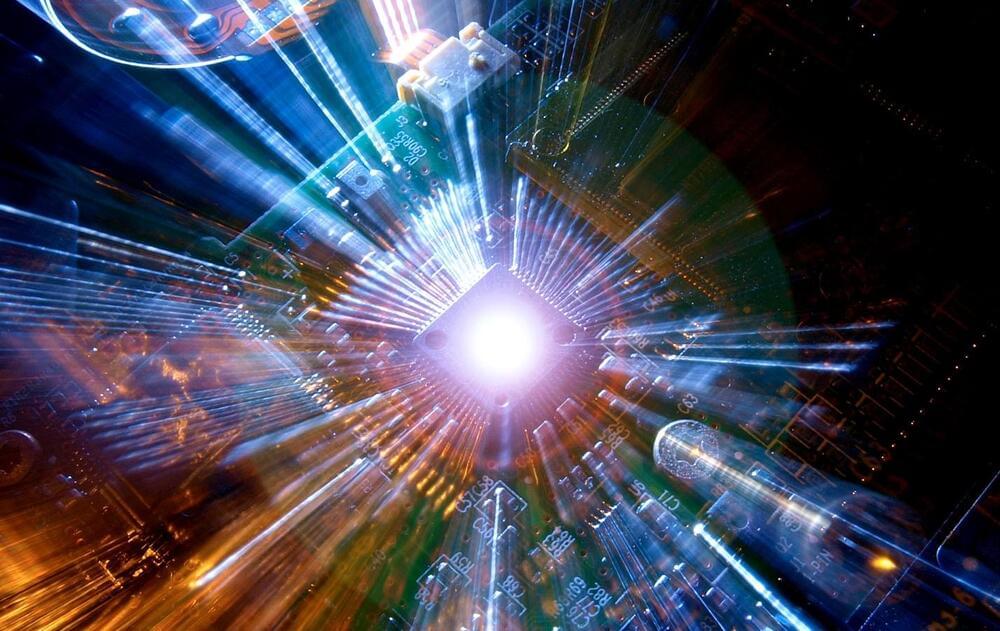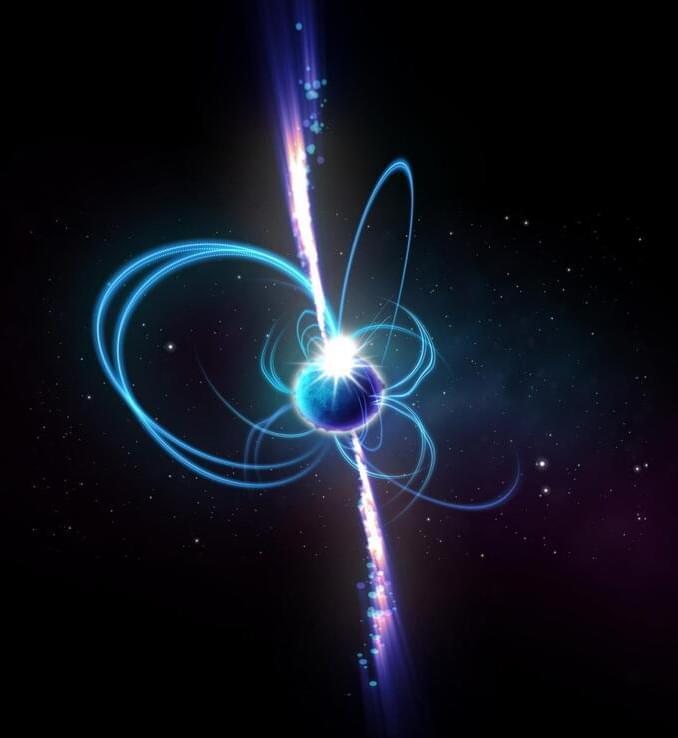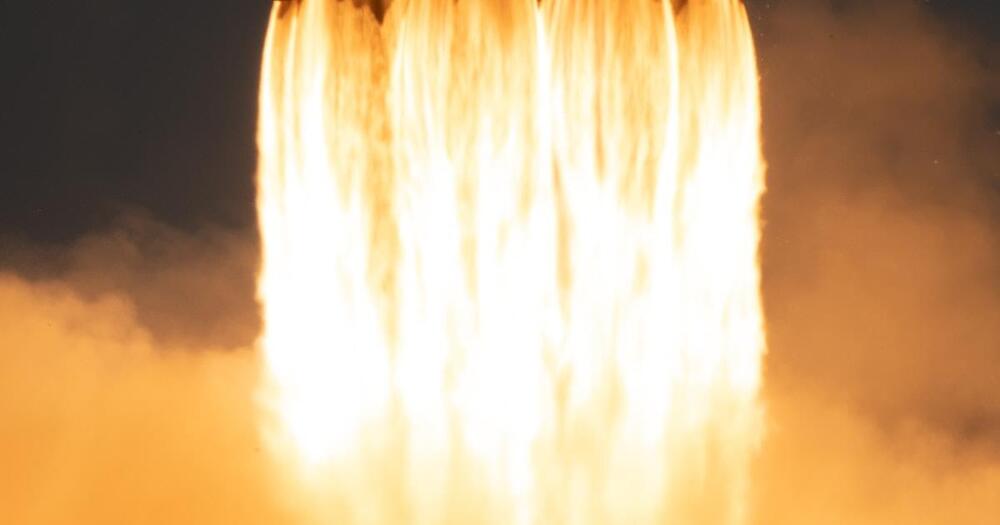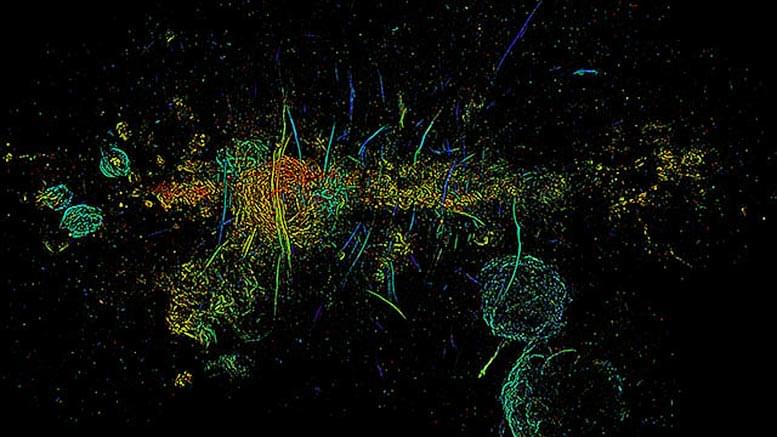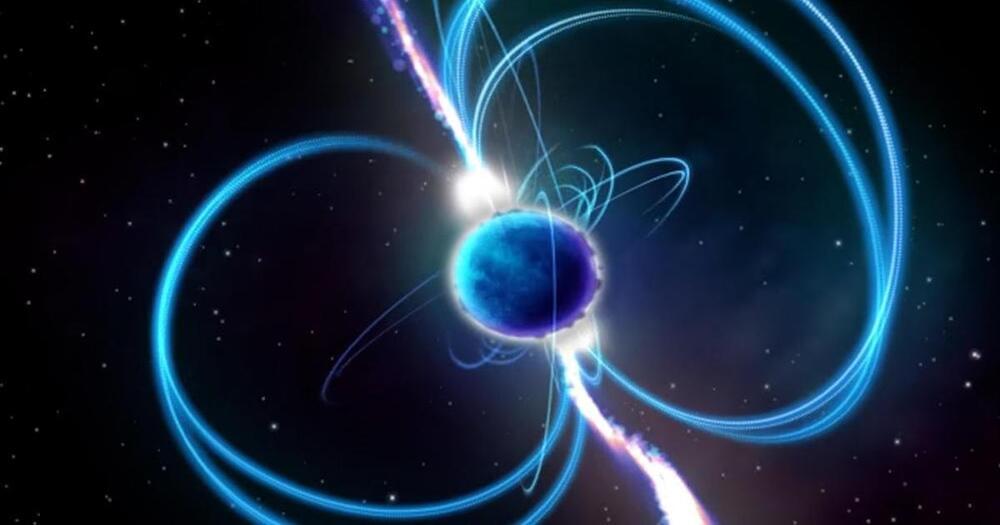Humans experience the world in three dimensions, but a collaboration in Japan has developed a way to create synthetic dimensions to better understand the fundamental laws of the Universe and possibly apply them to advanced technologies.
They published their results today (January 28, 2022) in Science Advances.
“The concept of dimensionality has become a central fixture in diverse fields of contemporary physics and technology in past years,” said paper author Toshihiko Baba, professor in the Department of Electrical and Computer Engineering, Yokohama National University. “While inquiries into lower-dimensional materials and structures have been fruitful, rapid advances in topology have uncovered a further abundance of potentially useful phenomena depending on the dimensionality of the system, even going beyond the three spatial dimensions available in the world around us.”
